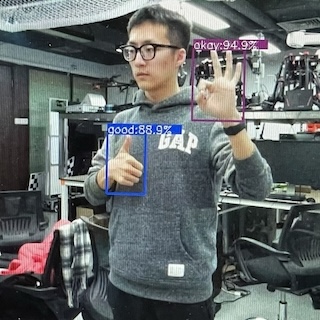A Robotic Sensory System with High Spatiotemporal Resolution for Texture Recognition
Published in Nature Communications, 2023
Abstract
Humans can gently slide a finger on the surface of an object and identify it by capturing both static pressure and high-frequency vibrations. Although modern robots integrated with flexible sensors can precisely detect pressure, shear force, and strain, they still perform insufficiently or require multi-sensors to respond to both static and high-frequency physical stimuli during the interaction. Here, we report a real-time artificial sensory system for high-accuracy texture recognition based on a single iontronic slip-sensor, and propose a criterion—spatiotemporal resolution, to corelate the sensing performance with recognition capability. The sensor can respond to both static and dynamic stimuli (0-400Hz) with a high spatial resolution of 15μm in spacing and 6μm in height, together with a high-frequency resolution of 0.02Hz at 400Hz, enabling high-precision discrimination of fine surface features. The sensory system integrated on a prosthetic fingertip can identify 20 different commercial textiles with a 100.0% accuracy at a fixed sliding rate and a 98.9% accuracy at random sliding rates. The sensory system is expected to help achieve subtle tactile sensation for robotics and prosthetics, and further be applied to haptic-based virtual reality and beyond.
Video
A portable and real-time sensory system for texture recognition 👇🏻
A portable and real-time sensory system for texture recognition using a prosthetic hand equipped with a slip-sensor 👇🏻
🔍 Fullscreen View | Download PDF from Google Drive 👆🏻
Recommended citation: Bai, N.*, Xue, Y.*, Chen, S., Shi, L., Shi, J., Zhang, Y., ... & Guo, C. F. (2023). A robotic sensory system with high spatiotemporal resolution for texture recognition. Nature Communications, 14(1), 7121.
Download Paper
